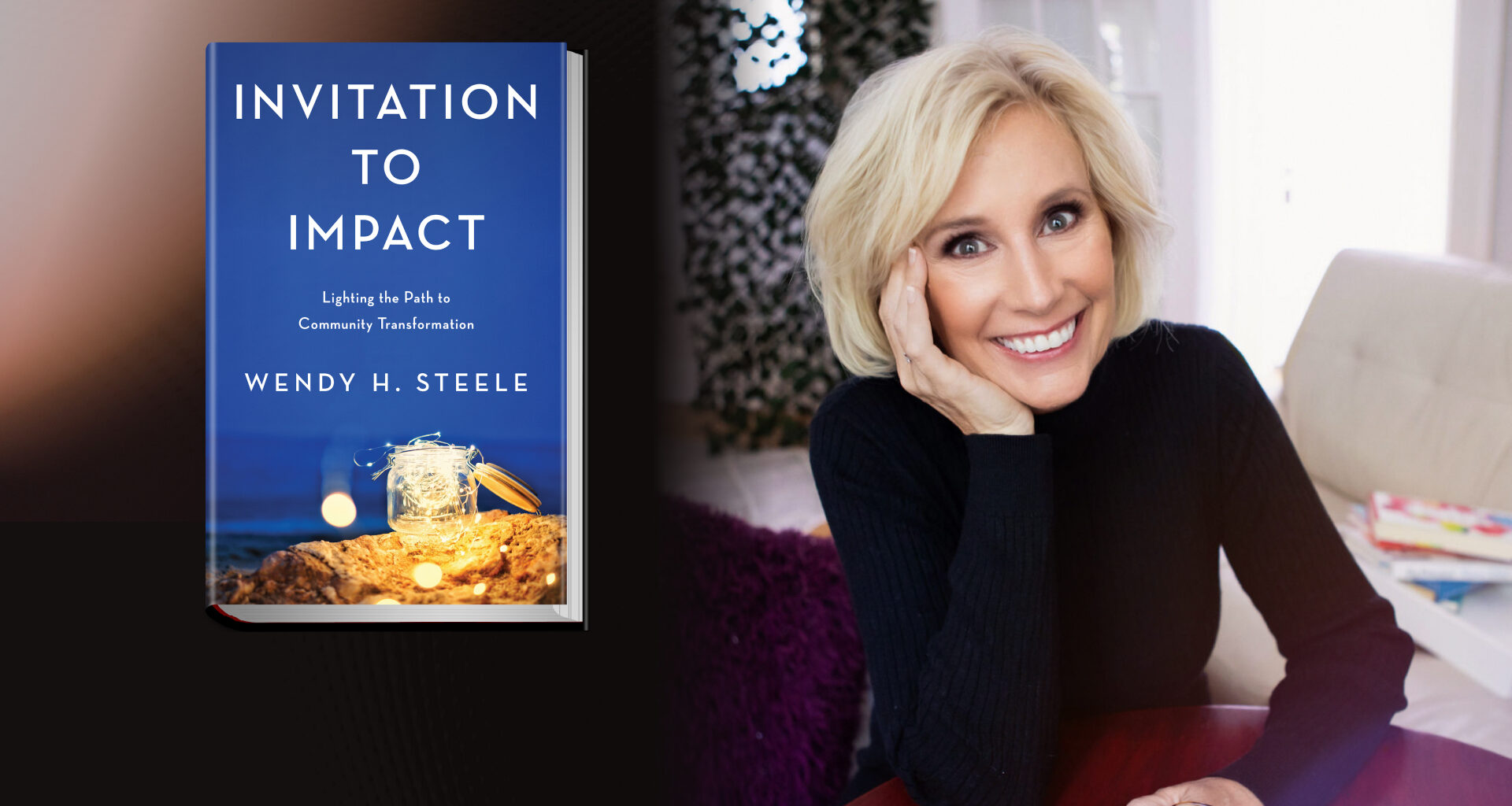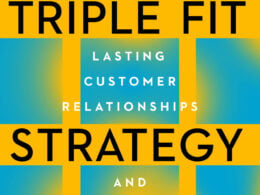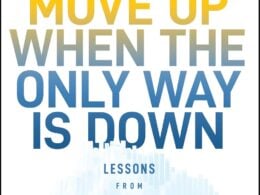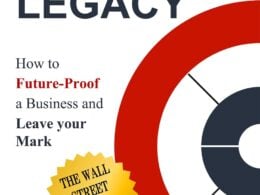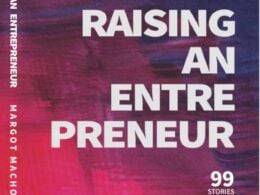The following is an excerpt from “Invitation to Impact: Lighting the Path to Community Transformation” by Wendy Steele (MFF Publishing, April 18, 2023), pp. 37-42
After school let out in the summer of 2001, I packed up the kids and our golden retriever, Shadow, and headed to Northern Michigan to relax and spend time with my dad and stepmom, Cynny. At thirty-eight, my life was full, and I needed a break from the pace of full-time work as a private banker, mother of three, and general household manager. Escaping the heat and humidity of Cincinnati summers and, instead, basking in the cool nights and warm days on the lakeshore seemed a perfect way to unplug and reconnect with my parents and my children. Summer “up north” typically included jigsaw puzzles, campfires, and lots of family time. This particular summer escape delivered on all fronts. Despite the slower pace and intentional disconnection from work life—or perhaps because of it—I kept thinking about the women back home in Cincinnati.
I ruminated about the nonprofits doing so much to make our community stronger, better, and more resilient. I simply couldn’t get these thoughts off my mind. I did what I often do: I tried to put it all on paper and sort out my thoughts. Pulling a spiral notebook from my bag, I began to write down every objection to giving I’d heard from my women friends in Cincinnati. Their barriers to community service were real. There were so many reasons—legitimate reasons—why women were not involved in their community. I felt these barriers were keeping women from participating in their own communities in a meaningful way. I realized that although women’s roles had changed and evolved over several generations, our philanthropy had not kept up.
New $10K grants are available, plus free courses. Verizon Small Business Digital Ready.
I knew that the community needed these women. It needed their hearts, their brains, and their checkbooks. These women needed to know what it felt like to be a part of the solution. They needed a viable path to community service and philanthropy that matched their current, ever-changing lives.
First and foremost, I needed to redesign how women contributed to making their community a better place to live. Historically, women gave their time. But in today’s world, time was often the most precious commodity that we couldn’t always give away. Women needed a path to unleash the potential they could afford to give. We were not the one-size-fits-all community of women portrayed by traditional philanthropy. In fact, had we ever been?
We needed flexibility. Our lives seem to run in seasons. There were times when we had plenty of time to give and would relish hands-on community engagement. During other seasons, we were so time constrained, it was hard to imagine adding anything to our already packed days. The idea was to allow women the opportunity to design their own involvement. Should they choose to get involved, they needed an experience that could provide a robust way for them to learn, grow, connect, and make a difference.
For example, a woman might choose to become deeply engaged in the grant review process for the funding focus area she was most interested in. She would be trained on how to properly vet an application, make a site visit, and assess a nonprofit’s plans to spend a potential grant award.
When life changes and an aging parent needs help, a child gets engaged or has a baby, or any one of hundreds of other important reasons pop up to pull the woman away from volunteering, she can seamlessly shift her attention to the home front without repercussions or guilty feelings.
Further, if women chose not to be involved, they wouldn’t be penalized, criticized, or made to feel guilty by their choices. In addition, the decision shouldn’t have to be a permanent one. Life is full of unexpected events that influence our ability to give of our time. Women needed to be able to pivot easily and quickly when needed.
Being a private banker, I like numbers that make sense. I like big, meaningful, round numbers. What if women were asked to give $1,000? That’s significant; that’s an amount that makes a person stop and think. And if someone were to give that amount of money, with intention, I believe they would pay attention to where it went, what happened to it, and how it effected change.
Coming together to give as a group was powerful, but there had to be a better way. As I reimagined giving, I recognized that $1,000 was a significant sum, but it wouldn’t make a substantial impact when given to a nonprofit on its own. If we could gather at least one hundred women who each gave $1,000, and we pooled these funds together to offer the local nonprofit community grants of $100,000 or more, that would be significant. That would make a difference. We could design this new model as a pass-through foundation, where 100 percent of the funds donated each year would be pooled and given away without taking out a penny to cover administrative expenses.
This new way of giving had to be attractive to as many women as possible. I wanted to reach all women, not just a few in my community. I knew of a couple of “women’s funds” that had started at the same time. They were poised to make a significant difference, but they had some characteristics that didn’t resonate well with the women I knew. For example, money was going into these funds, but nothing was coming out. No donations were made to any nonprofits until the endowment fund target was met.
My goal, on the other hand, was to give away big grants immediately, without delay or feeling the need to retain an endowment. I felt it was important that the women who gave their $1,000 didn’t have to wait long to see the power of their philanthropy.
Another limitation of these women’s funds was that any grants awarded were made with a strict gender lens, ensuring the benefit was directed only at women’s and girls’ causes. Many women I spoke with viewed this type of funding lens as too narrow and could disqualify worthy nonprofits from receiving much-needed funding. I understood that most women and girls would benefit from a cure for prostate cancer or an equine therapy program for veterans suffering from PTSD, even if these were not projects that could ever qualify for a grant from a restricted women’s fund.
As I reimagined a donor model, I also focused on recipients. Rather than prescribing where the donated funds would go, I hoped to encourage any qualified nonprofit to apply for our grants. I imagined five broad Focus Areas, where every woman could see her priorities represented, and every nonprofit would see that their mission qualified for consideration. The five Focus Areas I first envisioned, and that still hold true for most chapters today, are Arts and Culture, Education, Health and Wellness, Family and Environment.


